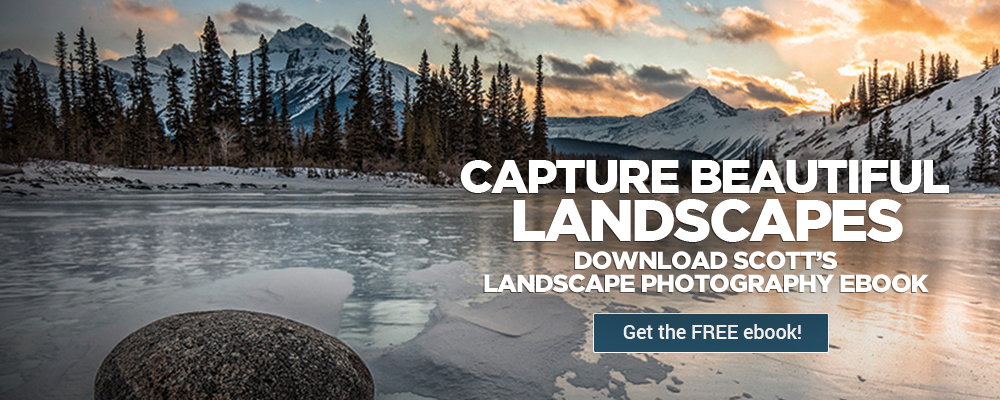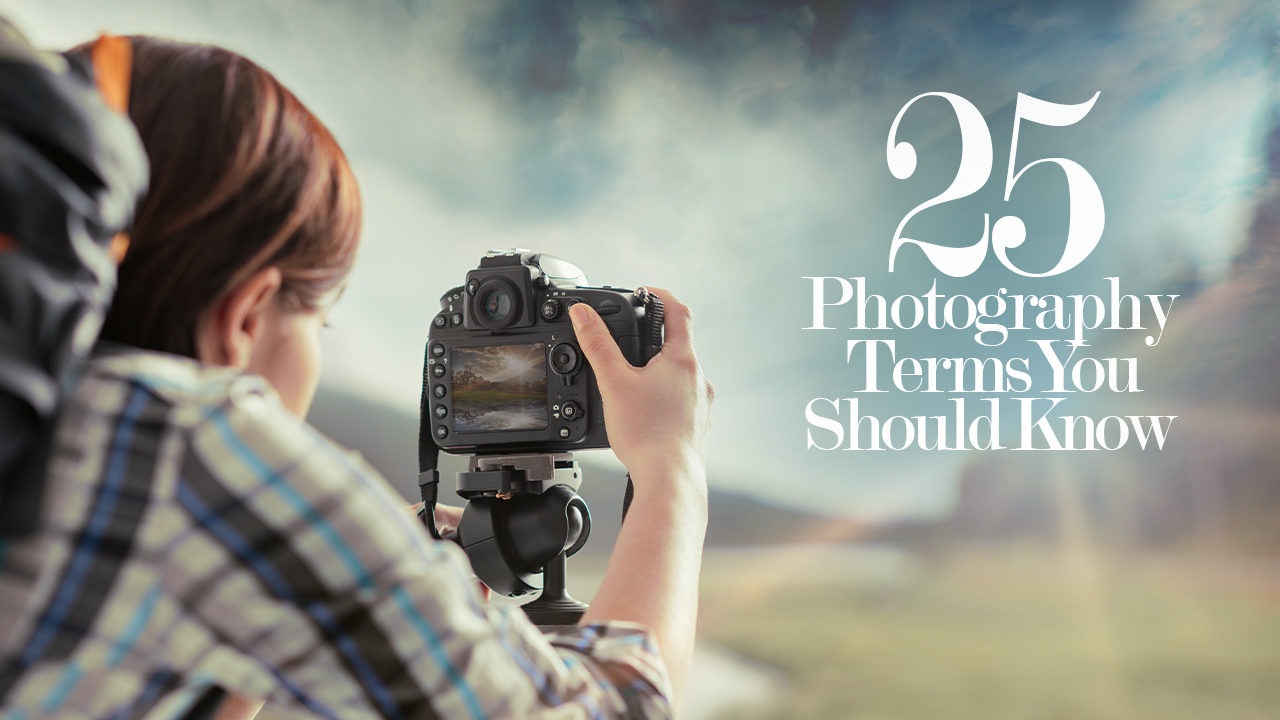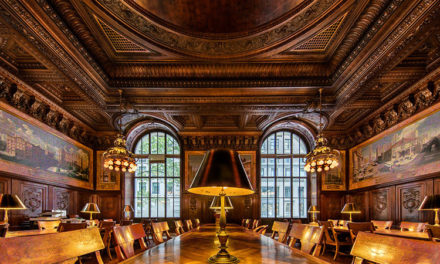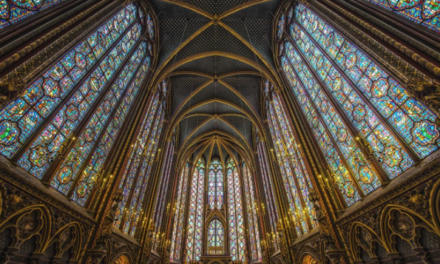Whether you’re a complete newbie who has never taken a photography class or you’re a card-carrying pro with an eye for composition—there’s always room to brush up on the basics of photography jargon.
Here’s the list of MUST-know photography terms.
This quick photography terms reference guide is the perfect thing to keep in your back pocket on a shoot.
It’s time to put your camera down and your thinking cap on! Let’s see how many of these you know.
1. Aperture
In photography, your aperture tells you how much light is being let into your lens, or the size of the opening. You can adjust the aperture based on your environment, lighting conditions, and the nature of your subject to create different moods.
As photographers, we measure this opening in f-stops. A small f-stop like f/1.4 is a wide opening, which lets in lots of beautiful light. On the other hand, if you have a large f-stop like f/32—that’s pretty narrow and can make for a darker photo.
Another thing to note: low f-stops tend to put your background out of focus, and with a higher f-stop you can make out more of those details.
To properly exposure your photos, not only will you need to learn aperture, but also the other components of the exposure triangle.
2. Bokeh
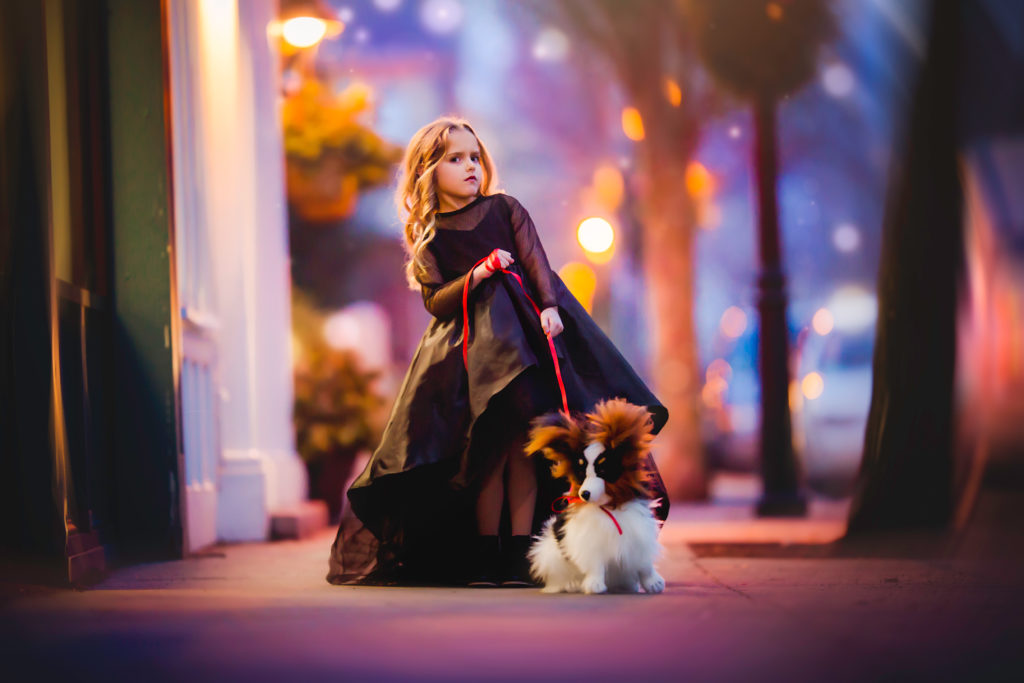
Bokeh is a common effect used to create visual interest in the background of your image. These blurred spheres are created by using a wide aperture and placing your lights slightly out of focus. Photographers love using this technique to add texture and dynamic patterns to an otherwise plain photograph.
3. Bracketing
Put simply, bracketing just means taking several photos in a row, making small adjustments in your settings between shots.
In exposure bracketing, you can utilize different shutter speeds to capture multiple images at varying brightness levels.
Not only can you bracket with exposure, but you can also bracket the focus. If you have a landscape image with multiple elements that you’d like to get in focus, simply take photos with different depth of fields (we’ll get to this next!).
Many cameras will include a bracketing button or setting that can do this process for you automatically. This way you will have a series of photos to choose from, just in case you’re not 100% invested in one setup.
4. Blue Hour

During blue hour, the sky turns a beautiful deep shade of…you guessed it…blue!
It is the period of twilight where the sun is just below the horizon, making a beautiful backdrop for your photos. Blue hour and golden hour are among some of the most popular times for photographers to be out and about!
5. Depth of Field
In photography, Depth of Field describes how much of your image is in focus.
A shallow Depth of Field might be right for a portrait, where you only want your subject looking sharp and in focus. Landscapes, however, use a large depth of field to include a range of elements both close and far.
With autofocus, your camera can help automatically determine the best depth of field for your subject.
6. Composition
Composition is the way your elements are positioned in your image. Larger elements that stand out due to high contrast, vibrant color, or size hold a higher “visual weight”. Smaller, less noticeable elements hold a lower visual weight.
Composition involves arranging the visual weight in your image to communicate an intention or emotion to your audience. To create a pleasing composition, you must balance your subject—human, wildlife, nature, floral, insect, etc—with the background and surrounding environment.
Once you have an eye for composition, you can usually tell when something is just ‘off’ about a photo. When you just don’t like the way the scene is framed—adjust your composition!
7. DSLR
DSLR stands for Digital Single Reflex Lens. This type of camera’s digital sensor and reflex mirror make it a popular choice for photographers.
Cameras like the Nikon D780 and Canon’s EOS 90D offer a blend of traditional DSLR performance with upgraded featured.
The debate for DSLR vs. Mirrorless (more on those later!) is a hot button issue in the photography industry. While both have their uses, many photographers and camera manufacturers have their preferences.
8. Focal Length
Focal length is measured in millimeters (mm) and describes the length between the lens and the sensor where the image is formed.
When choosing your focal length, you will want to consider the angle of your photo, how much of your subject you want in the frame, and how ‘zoomed in’ your subjects will appear.
For instance, an 85mm lens will create photos that look much more ‘zoomed in’ than an 18mm lens.
9. Exposure
Exposure is used to describe how light or dark an image is. In film photography, light is exposed to film in order to create a photo. In the case of digital photography, this idea of exposure also applies to the amount of light that reaches the sensor.
Three elements control your exposure, and this is known as the exposure triangle—aperture, shutter speed, and ISO (your camera’s sensitivity to light).
10. FPS
FPS = frames per second. This is the speed at which a camera capture images.
If you’re a wildlife, sports, or concert photographer, this is important! Your camera needs to be quick and capture moving subjects in perfect focus. A high FPS will help you achieve this.
11. ISO
We talked about aperture, now it’s time to cover the next piece of the exposure triangle, ISO. In digital photography, ISO is the measure of how sensitive the image sensor is.
A lower ISO setting means your camera’s sensor is less sensitive to light, so it’s better for brighter environments. You want to bump your setting up to a high ISO for a darker atmosphere, although the result might be a grainier photo.
Here’s an example of how Serge Ramelli captures a high ISO shot during the blue hour!
12. Golden Hour

Us photographers LOVE a good golden hour. Golden hour is that hour right after the sun rises, or right before the sun sets over the horizon. It gets its name from the beautiful red and yellow glow that fills the sky each morning and night.
The next time you’re looking for natural, warm lighting for your images—go out during golden hour!
13. Long Exposure
A long exposure image is exactly what it sounds like…an image that has been exposed for a long period of time! Why would you want to do that, you ask?
Landscape photographers LOVE this artistic trick because it turns waterfalls, rolling waves, and beams of light into a smooth dreamy blur.
Check out this technique in action for amazing long exposures!
14. Mirrorless
Any camera without a reflex mirror falls under the term mirrorless. Many people believe that mirrorless cameras will mean the end of DSLRs in the photography world.
These high-end cameras allow you to swap out lenses and boast features like image-stabilization, better battery life, electronic viewfinders, and more.
15. Lightroom
Adobe Lightroom, officially known as Adobe Photoshop Lightroom, is a leading photo editing software commonly used for viewing, organizing, tagging, applying presets, and sharing large numbers of digital images.
Many photographers appreciate Lightroom for its ability to work on batch image post-processing, saving time and energy. It also has a number of tools that make client proofing, and library organization a cinch. Lightroom mobile also makes for easy editing on the go, right from your phone!
16. Noise
Noise, also known as grain, describes the little specks in your photo that can often add visual distraction.
High levels of noise in an image can be caused by high ISO values, so it’s important to use the appropriate ISO value for the light in your scene.
17. Macro

Macro is a genre of photography that uses extremely close angles to capture small creatures or objects. Common subjects include butterflies, flowers, insects, household objects, and decor.
It also happens to be one of the topics that we’ll be covering during our Wildlife Photography Conference. If this sounds like you, come join us!
18. RAW
RAW is a file type that is considered a digital negative. When you work with RAW files, you tend to have more control in your photo editing compared to JPEG for example.
It can be beneficial to shoot in RAW, where your images will retain the quality that you may need in editing.
19. Photoshop
Adobe Photoshop, like Lightroom, is a photo editing software beloved by the photography community. Its powerful features and wide range of uses make it the predominant software in the image manipulation market.
Graphic designers, marketing professionals, photographers, and industry creatives alike come to Photoshop for tools like masking, blending layers, color adjustments, retouching, and all kinds of artwork enhancement!
20. Shutter Speed

Shutter speed: 241 seconds
On your camera, the shutter is the component that opens and closes to let the light in for your photo. The shutter speed is how long your shutter stays open.
By allowing your shutter to stay open longer, more light will enter your image. Just remember—any object or subject that moves in your frame while the shutter is open will appear blurry!
Invest in a good tripod and prevent blurry photos if you’re working with slower shutter speeds!
21. Shutter Release
This term could be the single most important element of photography—your shutter release is the name for the button that you press to take your photo.
Definitely don’t forget about this one!
22. Subject
In composition, your subject is the element at the core of your photograph. Whether you’re capturing a portrait, your pet, wildlife, a mountain, or a building—make sure you are clear on what that subject is before you go to shoot.
Your subject will inform what emotional message your photo conveys. If you’re telling a story of hope, inspiration, sorrow, struggle, or joy, make sure the subject is in line with your creative vision.
23. Time Lapse
A time-lapse is a video created by stitching together multiple photos taken over a period of time. Many smartphones and cameras include the capabilities for creating these neat videos automatically, and they can be used to capture an ongoing process—such as a building’s development or a plant growing in a pot.
Keep in mind, this isn’t the same as long exposure, where one photo is taken with a longer shutter opening.
24. Viewfinder
Your viewfinder is the hole you look through to take the picture. Some viewfinders have optical features that help guide your composition and focus. Some digital cameras don’t have a viewfinder at all and rely solely on the screen to preview your image.
But as a general rule, you’ll find a viewfinder on most DSLR and modern cameras.
25. Vignetting

Vignetting is when the edges of your photo appear darker and less saturated, creating a frame effect. This optical illusion is apparent in all lenses to a degree, so you will likely not even notice it unless you’re photographing an unobstructed surface.
Some photographers enjoy using this technique intentionally, while others use post-processing programs to correct it.
So how did you do? How many photography terms did you get? Let us know on Twitter @KelbyOne!
